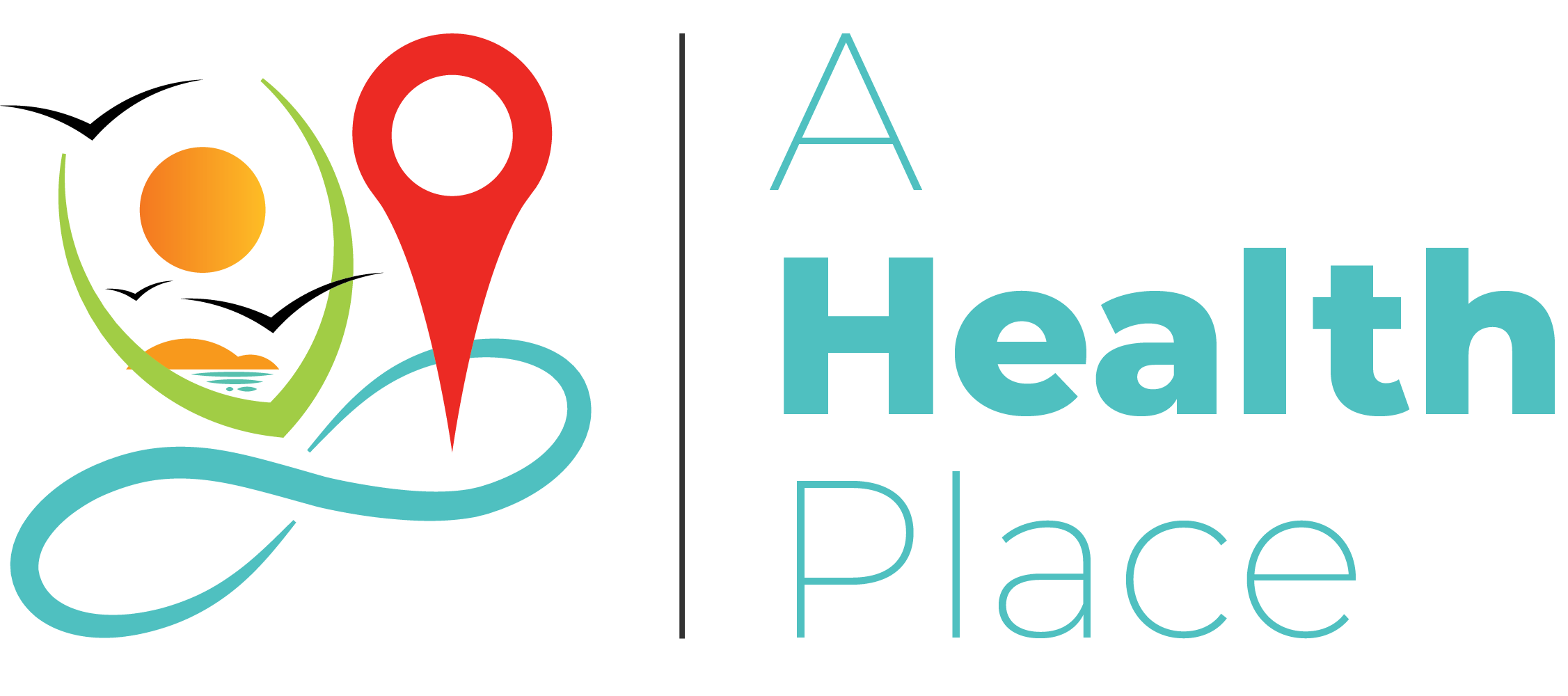Autism Spectrum Disorder – Symptoms and Causes
Autism Spectrum Disorder (ASD) is a complex neuro-developmental disorder that affects communication, social interaction, and behavior. It is a spectrum disorder, which means that individuals with ASD can have a wide range of symptoms, ranging from mild to severe. The causes of ASD are not fully understood, but research suggests that a combination of genetic and environmental factors may be involved.
ASD can be diagnosed as early as 2 years of age, and early intervention is critical for improving outcomes for individuals with ASD. Treatment options for ASD include behavioral and developmental therapies, medication, and alternative therapies. Despite the challenges posed by ASD, individuals with ASD also possess unique strengths and talents, and with appropriate support and intervention, they can lead fulfilling lives and make valuable contributions to their communities.
Characteristics of Autism Spectrum Disorder
Autism Spectrum Disorder (ASD) is characterized by significant challenges in communication, social interaction, and behavior. Here are some of the specific characteristics of ASD:
- Communication and Social Interaction Difficulties:
- Delayed or limited language development
- Difficulty initiating and maintaining conversations
- Lack of eye contact or nonverbal communication
- Difficulty understanding and responding to social cues
- Difficulty making and maintaining friendships and relationships
- Repetitive Behaviors and Restricted Interests:
- Repetitive movements (such as hand flapping or rocking)
- Obsessive interests in specific topics or objects
- Resistance to change or difficulty with transitions
- Rigid adherence to routines and rituals
- Over- or under-sensitivity to sensory input (such as sound or touch)
- Executive Functioning Challenges:
- Difficulty with planning and organization
- Poor impulse control
- Difficulty with problem-solving and decision-making
- Difficulty with flexible thinking and adapting to new situations
- Difficulty with self-monitoring and self-regulation
Not all individuals with ASD will have all of these characteristics, and the severity of these symptoms can vary widely. Some individuals with ASD may also have co-occurring conditions such as intellectual disability, ADHD, anxiety, or depression.
Diagnosis of Autism Spectrum Disorder
Diagnosing Autism Spectrum Disorder (ASD) involves a comprehensive evaluation by a qualified professional, which typically includes the following components:
- Developmental and Medical History: A thorough review of the individual’s developmental milestones, medical history, and family history is an important starting point in the evaluation process.
- Behavioral Observation: The clinician will observe the individual’s behavior in various settings to assess for symptoms of ASD, such as social communication difficulties and repetitive behaviors.
- Standardized Assessment Tools: There are several standardized tools that can be used to assess for symptoms of ASD, such as the Autism Diagnostic Observation Schedule (ADOS) and the Autism Diagnostic Interview-Revised (ADI-R).
- Diagnostic Criteria: The diagnostic criteria for ASD are outlined in the Diagnostic and Statistical Manual of Mental Disorders, Fifth Edition (DSM-5). To be diagnosed with ASD, an individual must meet criteria for persistent deficits in social communication and social interaction across multiple contexts, as well as restricted, repetitive patterns of behavior, interests, or activities.
- Multi-Disciplinary Evaluation: ASD is a complex disorder that can impact multiple domains of functioning, so a comprehensive evaluation may involve input from multiple professionals, such as a psychologist, developmental pediatrician, speech-language pathologist, and occupational therapist.
There is no single test or tool that can diagnose ASD, and the diagnostic process may take several weeks or months. Early identification and diagnosis of ASD is critical for early intervention and improved outcomes.
Causes of Autism Spectrum Disorder
The exact causes of Autism Spectrum Disorder (ASD) are not yet fully understood, but research suggests that a combination of genetic and environmental factors may be involved. Here are some of the factors that have been identified:
- Genetics: Studies have found that ASD tends to run in families, suggesting that there is a genetic component to the disorder. Several genes have been identified as potentially contributing to the development of ASD, and researchers continue to investigate the complex interplay between genetics and environmental factors.
- Environmental Factors: There is evidence to suggest that certain environmental factors may increase the risk of developing ASD. These include prenatal exposure to toxins or viruses, complications during pregnancy or birth, and low birth weight.
- Brain Development and Connectivity Differences: Research has found differences in brain development and connectivity in individuals with ASD, particularly in areas related to communication and social interaction. These differences may be related to genetic and environmental factors.
- Relationship between Genetics and Environment: It’s likely that the causes of ASD involve a complex interplay between genetic and environmental factors. For example, some studies have found that genetic factors may increase susceptibility to environmental toxins, which in turn may increase the risk of developing ASD.
There is no single cause of ASD, and different individuals may have different combinations of genetic and environmental factors that contribute to their symptoms. The causes of ASD continue to be an active area of research, and understanding the underlying causes of the disorder is critical for developing effective interventions and treatments.
Symptoms of Autism
Autism Spectrum Disorder (ASD) is a neurodevelopmental disorder that can affect an individual’s social communication and interaction skills, as well as their behavior and interests. Here are some common symptoms of ASD:
- Difficulty with Social Communication: Individuals with ASD may have difficulty with social communication, such as making eye contact, initiating and maintaining conversations, and understanding nonverbal cues.
- Difficulty with Social Interaction: Individuals with ASD may have difficulty with social interaction, such as making and maintaining friendships, sharing interests, and engaging in group activities.
- Repetitive Behaviors and Interests: Individuals with ASD may engage in repetitive behaviors, such as hand flapping or rocking, and have limited interests or preoccupations with specific topics.
- Sensory Sensitivities: Many individuals with ASD have sensory sensitivities, such as being overly sensitive to certain sounds or textures, or seeking out certain types of sensory input.
- Difficulty with Changes to Routine or Environment: Individuals with ASD may have difficulty with changes to their routine or environment, and may become upset or anxious in new or unfamiliar situations.
- Delayed Developmental Milestones: In some cases, individuals with ASD may show delayed development of language, social skills, or other developmental milestones.
Conclusion
Autism Spectrum Disorder (ASD) is a complex neurodevelopmental disorder that can affect individuals in a variety of ways. While individuals with ASD may face challenges in communication, social interaction, and behavior, they also possess unique strengths and abilities that can be harnessed and supported to promote success and fulfillment. Diagnosis of ASD typically involves a comprehensive evaluation by a qualified healthcare professional, and treatment may include a range of interventions such as behavioral therapy, medication, and educational and vocational support. Research into the causes of ASD is ongoing, but it is thought to involve a combination of genetic and environmental factors. Co-occurring conditions and associated features are also common among individuals with ASD, and it is important to address these in treatment planning. Increasing awareness and understanding of ASD can help to promote early diagnosis and intervention, and support individuals with the disorder in reaching their full potential. With appropriate support and accommodations, individuals with ASD can lead fulfilling lives and make valuable contributions to their communities.










Discussion about this post